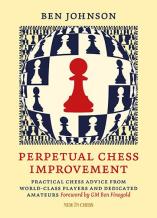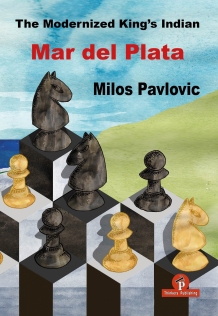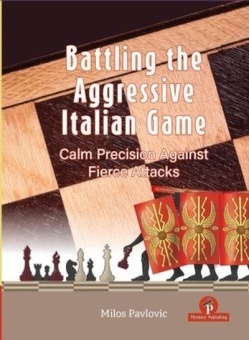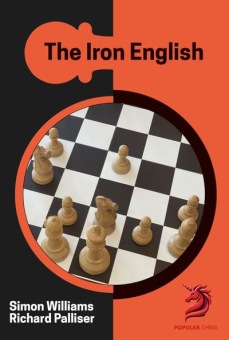Skills in chess do not arrive all at once; experienced coaches know well that defensive skills are not among the first to appear in the arsenal of a young player. To be able to defend properly, one must first master the art of attacking. Just as youth can be reckless and ambitious, age and experience make room for more appreciation of defence. But enough philosophy... Defensive skills are vital for a player to really make his mark and reach for a higher level. All leading players were of course good in this department, but some excelled in it. In the end, it has to do with playing style to some extent. It has to do with grit and determination, but is also about pure chess skills.
If the era we live in may not be the brightest and most promising of all time, it certainly is an era of chess books. They are written almost on a daily basis, so that it really is a challenge to find an aspect of chess not yet extensively covered. The openings are evolving constantly and there will always be something new about this or that opening. Some time ago we discovered that of the non — opening subjects, defence is easily the one that has been the least discussed so far in available chess literature. So the idea was born to write a book on defence. Our aim was to capture the perspective of an active tournament player who will inevitably experience his fair share of situations on the board when he/she will have to defend. To do that efficiently, a number of means and skills have been developed through analytical research, and decades (or better, centuries) of tournament practice. Some like to call them tools and so shall we. We may imagine this book as a set of useful tools, waiting to be mastered. When they are, they will be ready to use. We need not pretend to have discovered anything new; we rather look at it as an attempt to present and explain a set of tools which an ambitious, hard working player in progress should master and be aware of at all times during tournament battle. It may be useful for coaches as well. Of course, there is no promise that all games will be saved aft er reading this book; what you can count on is that proper use of the tools explained here will avoid a serious amount of — well, avoidable losses. As with most things in chess, the exact opposite perspective is useful as well: being aware of those tools may just as easily help you avoid unforeseen obstacles on your way to a well-deserved win.
The attentive reader may notice that sometimes it is hard to draw a line between tools. Some examples in the book could easily have found their place in another chapter as well. But not everything can be neatly boxed in chess. One more characteristic of these tools is that they tend to supplement each other quite regularly. There are examples where in one line stalemate comes to the rescue, in the other a perpetual check. Experienced players know this feeling: some call it the ‘smell’ of a draw. In collecting materials for this book, which is always a thankless task, we tried to give priority to the most recent games that passed our test. Of course, a fair share of classic examples still found a place in the book. In this respect, a special thanks goes to the man himself, Grandmaster Adrian Mikhalchishin.
Finally, we would like to thank our better halves, Miša and Mojca, who were there to keep things together as the ‘chessers’ were busy writing a book.
Tadej Sakelšek and Marko Tratar
October 2020











